The cost of creativity isn’t measured only in the hours spent designing—it’s tallied in receipts. For many students at Parsons School of Design, balancing financial constraints with creative freedom is a challenge faced daily. From couture garments to architectural models, the price of creativity can be steep. At institutions where exploration and innovation are supposed to thrive, students are often stopped short — not by a lack of ideas, but by the cost of bringing them to life. This systemic and complex issue has led many to question the future of design education and whether it truly supports the diverse range of talent it seeks to foster.
This struggle isn’t new, but it’s growing louder. The latest spark of frustration? The Design Lab’s new policy to charge students for ink, a previously free resource. For many, this additional cost feels like one expense too many in a long list of financial burdens. Emily Li, a fourth year student in Communication Design and Politics, expressed “As somebody that is a student that uses that space a lot, but also as a student worker — the change is upsetting.” They went on to describe how print-related costs accumulate for Communication Design students. “In Communication Design, we have to do a lot of bookmaking and test prints. Even though the lab is cheaper compared to industrial printing, the costs add up. Teachers ask for test prints every week (mockups, iterations), and now it’s gonna cost us.”
However, it’s not just about ink, and it’s not just about Parsons — it’s about the bigger issue of how design education across the board is built on expectations that come with a heavy price tag.
Students entering these fields find themselves financially responsible for their own projects, covering expenses for materials like high-quality paper, fabric, software, and specialized tools. For students like Ainoa Cerdeira, a fourth-year Interior Design major at Parsons, the financial strain is never-ending, especially in studio courses. “We constantly worry about where to obtain materials for physical models. Usually professors don’t set spending limits, leaving us to figure out how much we can afford to spend,” Cerdeira said. She paused, tapping her pen thoughtfully against the table before mentioning a potential solution with a hint of hope: “The idea of scrap reserves or scrap boxes could help promote sustainability and save money, but there’s usually a lack of materials available.” She mentioned that many students seem unaware that scrap reserves exist around the school, so they often remain empty.
These hurdles are a familiar story many creative professionals know all too well. Stone Hubbard, Parsons teacher and designer behind Stone Hubbard New York, addressed these ongoing challenges in his own courses: “I encourage students to look around and use other materials, anything,” he said, “Because it’s just about creativity and problem-solving. This is a huge thing in design and in life, so how can you problem-solve it?”
Hubbard reflected on his own experience starting a bag company twenty years ago. “I was upcycling materials that I found because I didn’t have any money … Elizabeth Kernodle, an art teacher in Texas, would collect scraps from Todd Oldham’s shows to teach us design work. We used those scraps to explore positive and negative shapes, folding techniques, and each project turned into a bag … everything started from scraps.”
Hubbard’s message to students is clear — creativity can thrive in unexpected places. “For students struggling with it, just see creativity. Open your eyes and look because it’s everywhere,” he said. This approach reflects a growing awareness that creativity isn’t just about expensive materials or pristine conditions — it could be about resourcefulness, problem-solving, and finding beauty in the unexpected.
With educators like Hubbard, there is hope that design education can evolve into a more equitable space. By fostering partnerships with industries to secure material donations or encouraging the use of recycled materials, institutions can support students in navigating financial constraints.
Naika Colas, assistant professor in Fashion Design at Parsons who also oversees the Master of Professional Studies Fashion Management program, noted that Parsons does offer various resources to ease financial pressures, such as the ability to rent sewing machines, use fabric printers, access fabric scraps donated by faculty, and even collaborate with companies such as Helpsy to make upcycled garments. “While they’re at Parsons, [students] should take advantage of that, ‘cause they are getting a lot,” Colas said.
However, the faculty acknowledges there’s more to do. “We’re making sure students aren’t spending more than $50 on materials,” Colas emphasized. One recommendation is to volunteer at organizations like Fabscrap, where students can access free fabric and other materials. “It’s a big concern of ours,” she added.
In the end, it’s about more than just materials or money, it’s about the institutional support that student artists need to remain motivated and inspired to create. How can we navigate financial barriers while still exploring ideas that matter the most? As Hubbard suggested, it’s not only about financial resources, but also the guidance and belief from faculty that creativity extends beyond what money can buy. Creativity makes its bed in recognizing that art exists all around us.

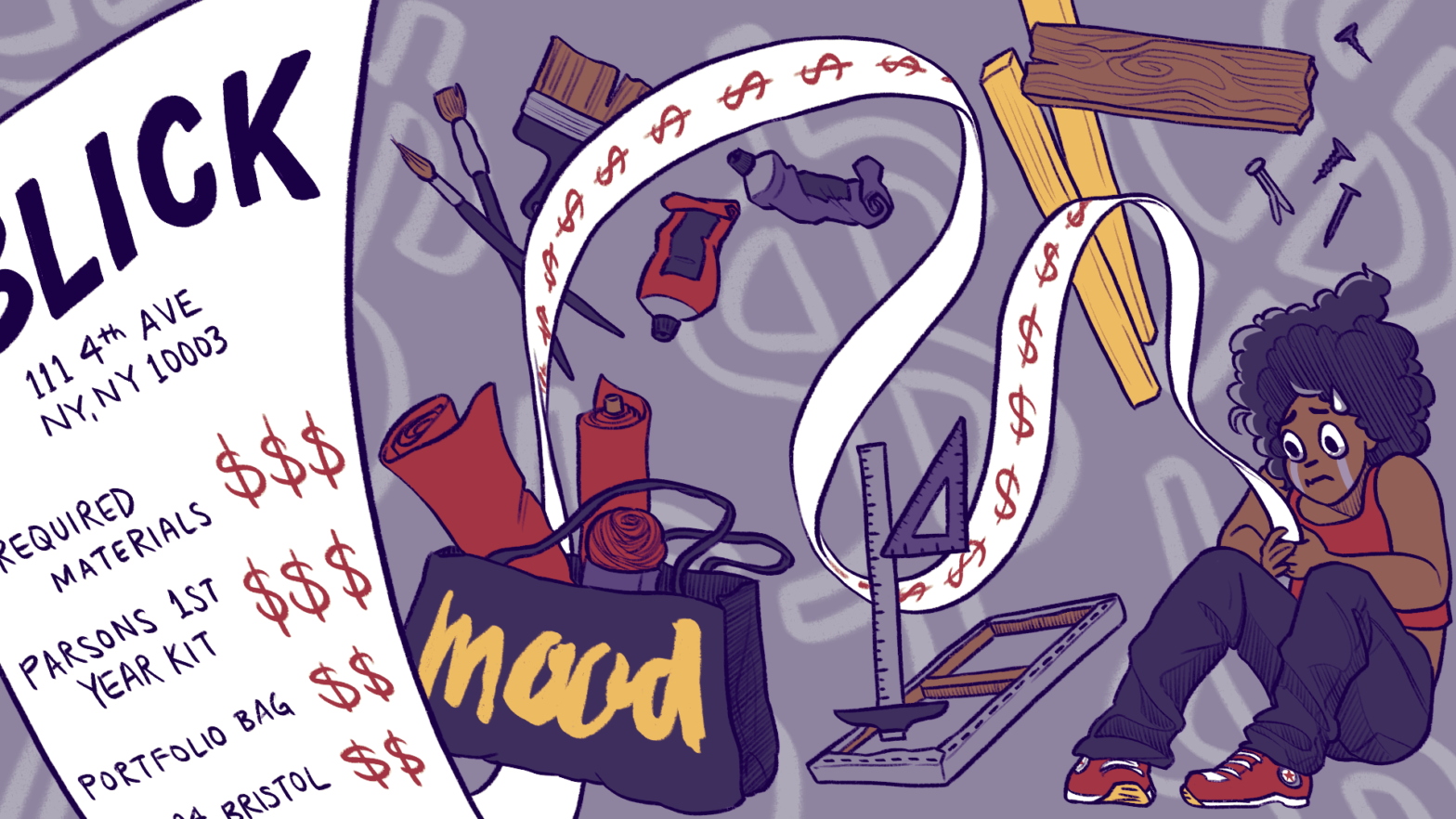
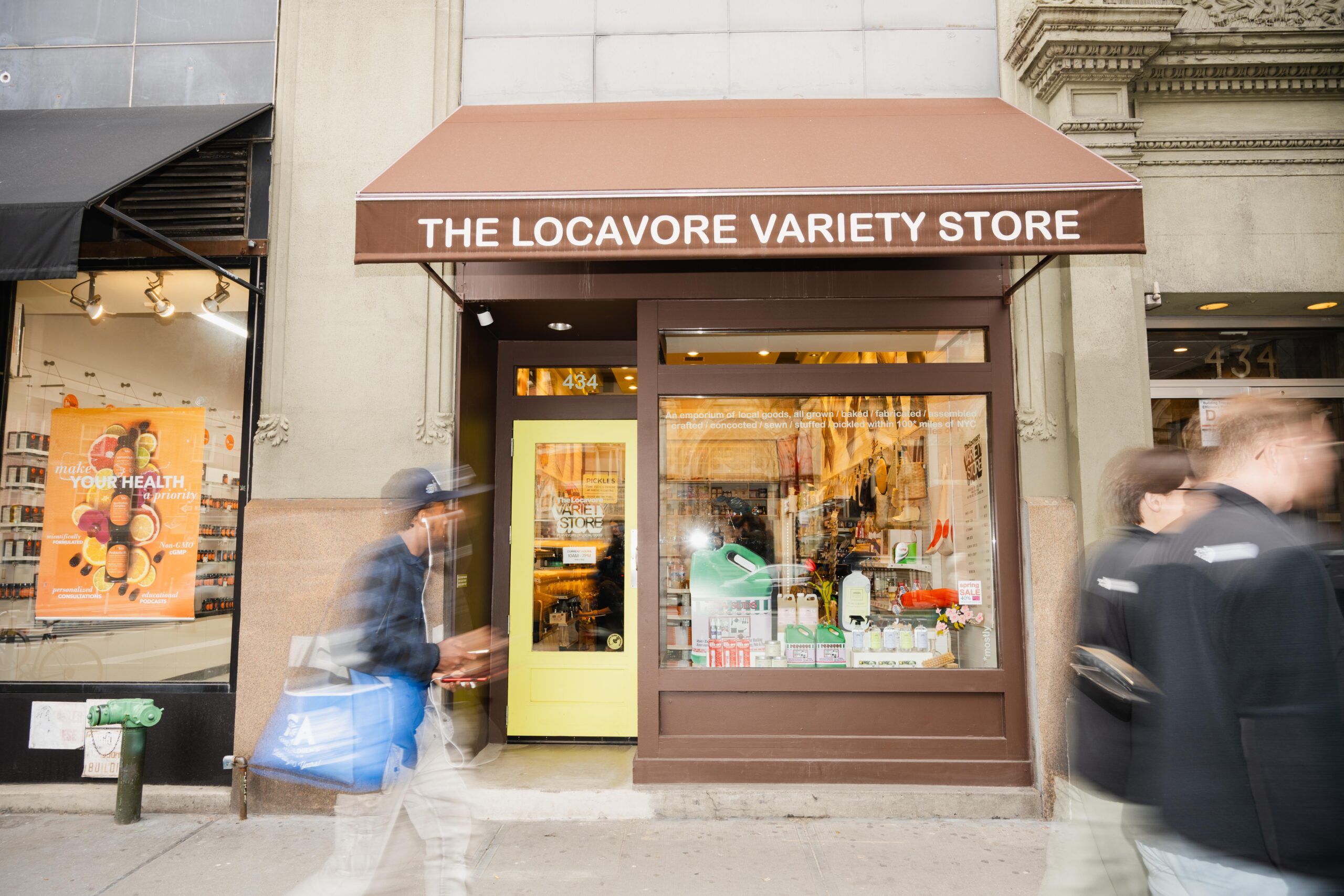
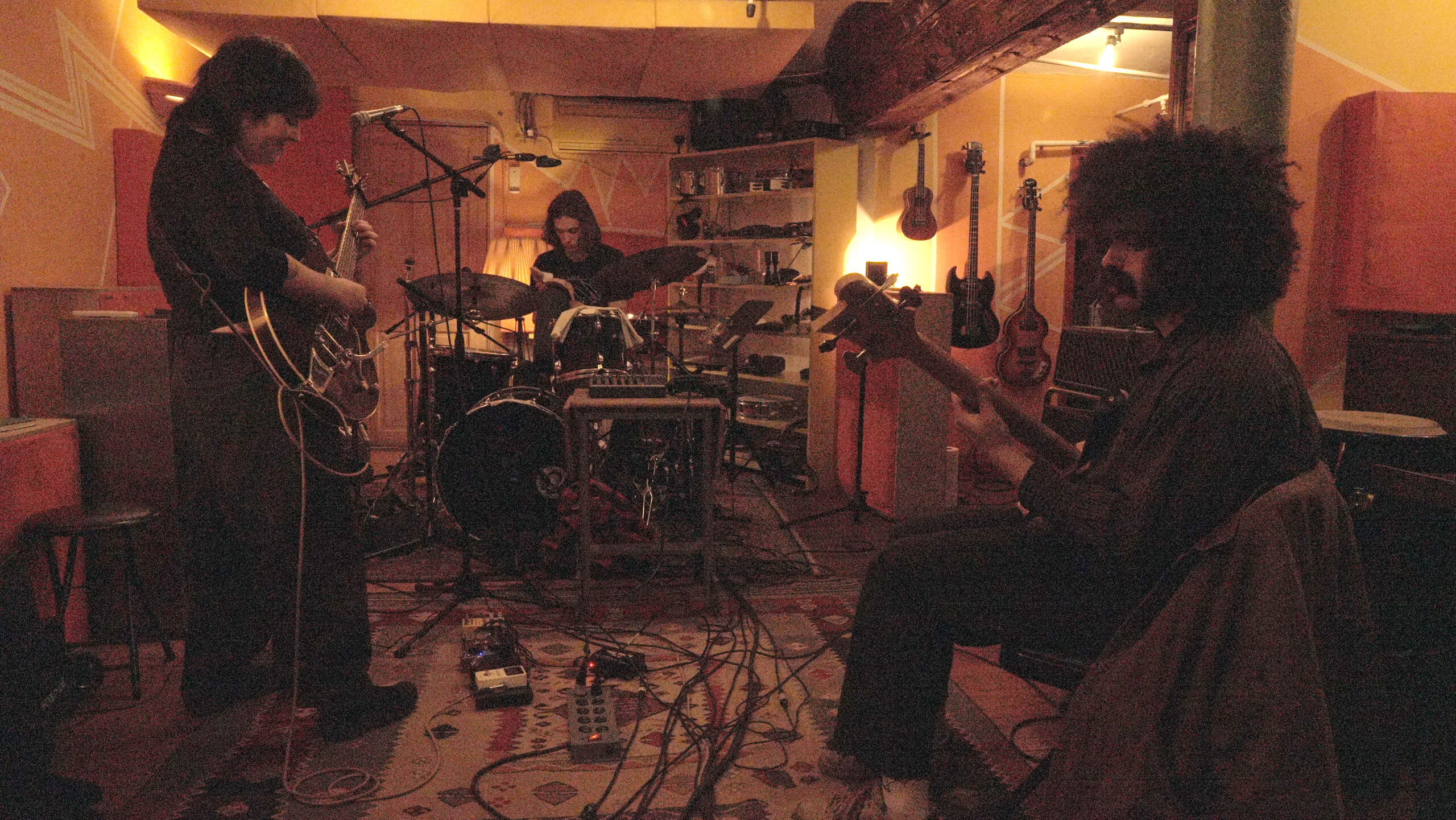
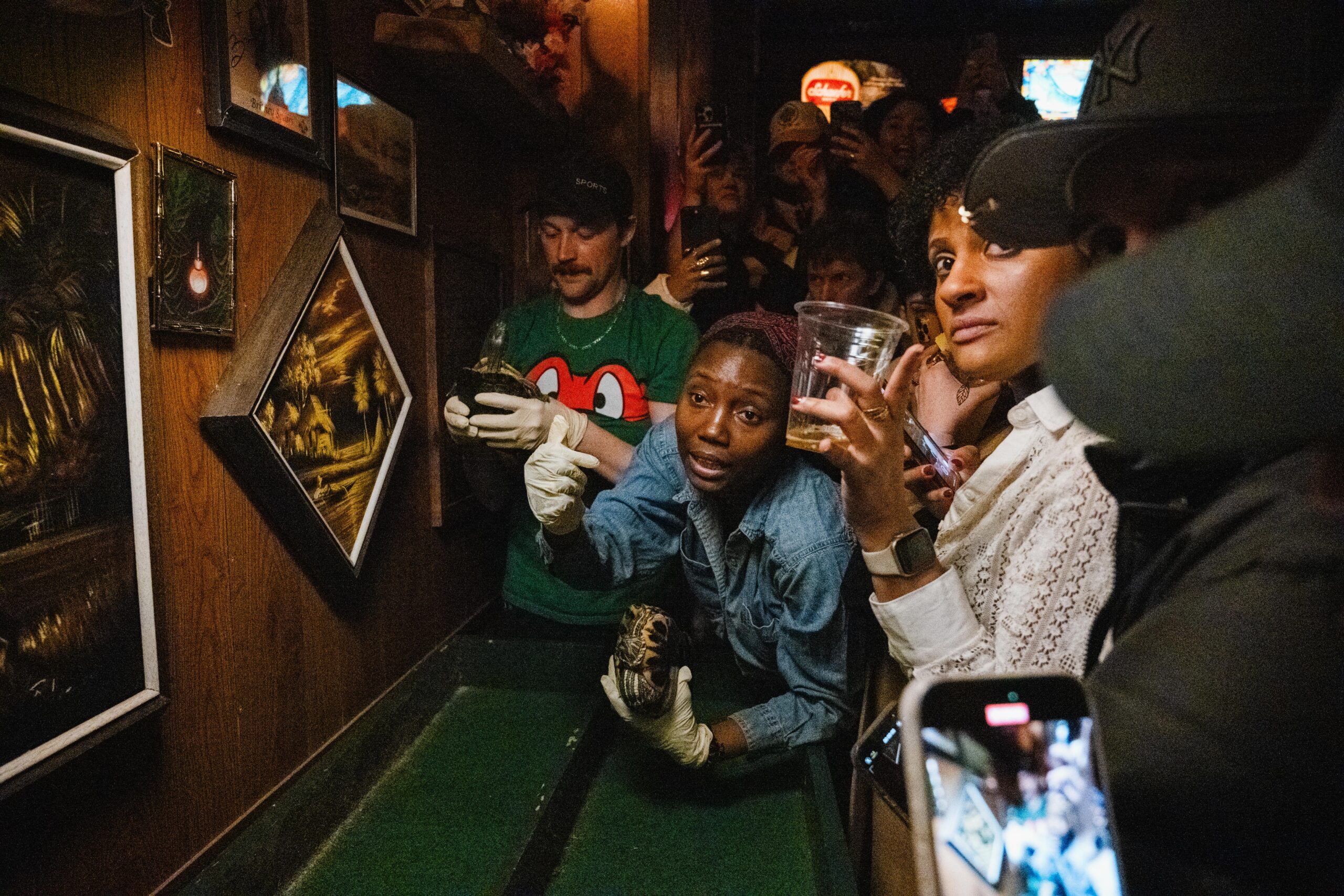
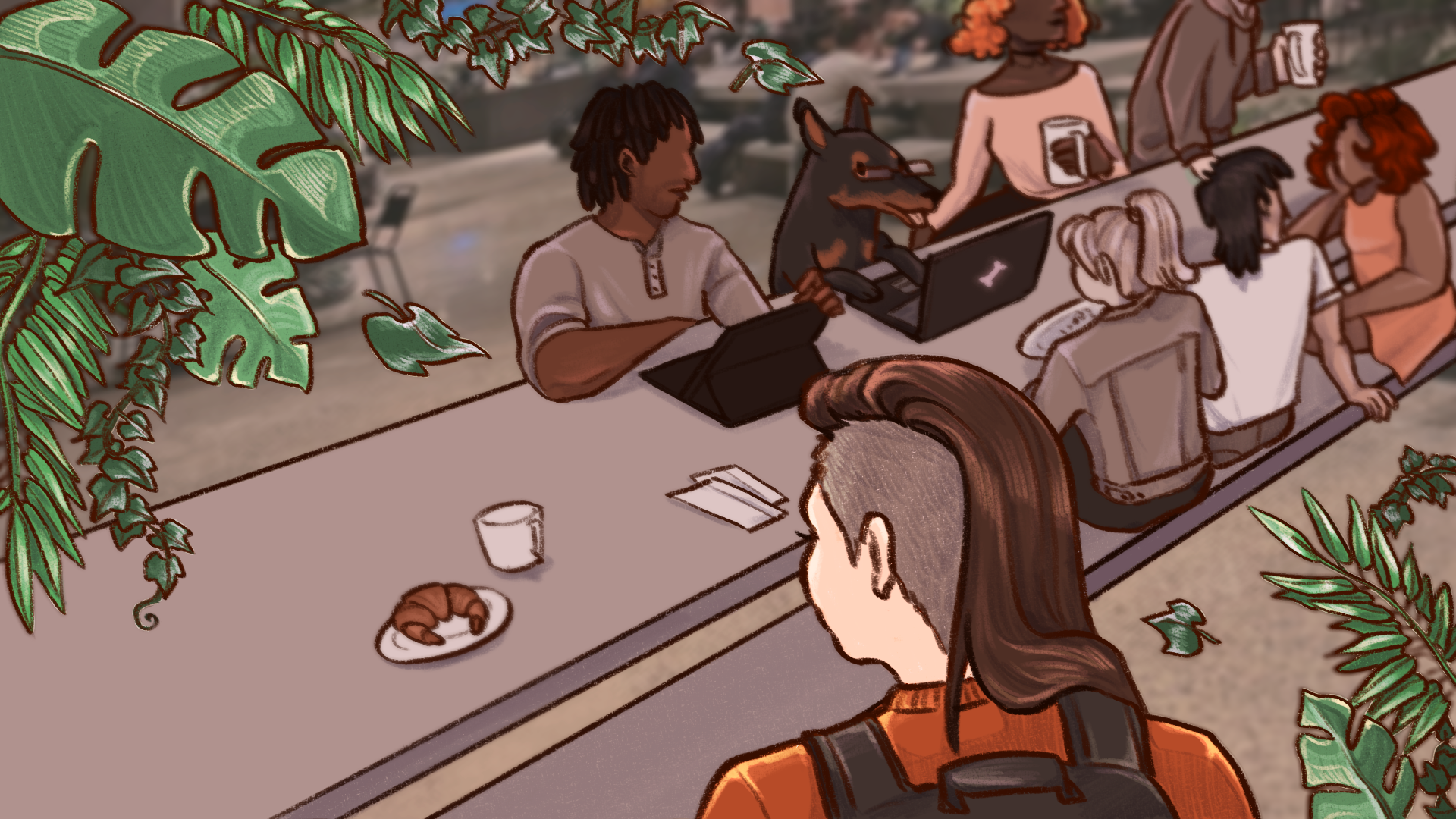


Leave a Reply